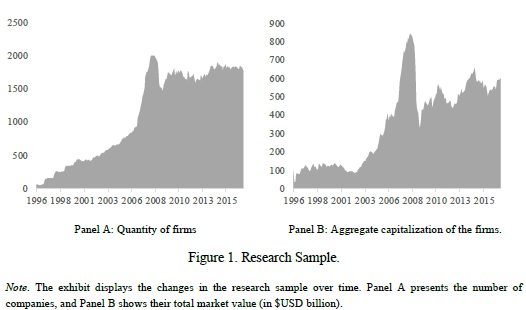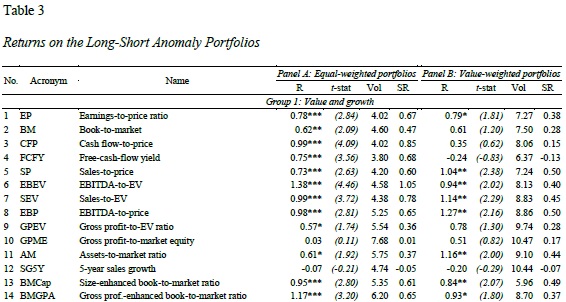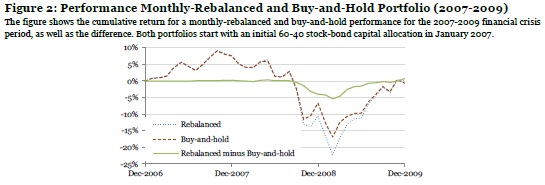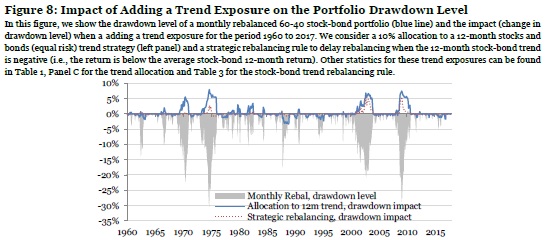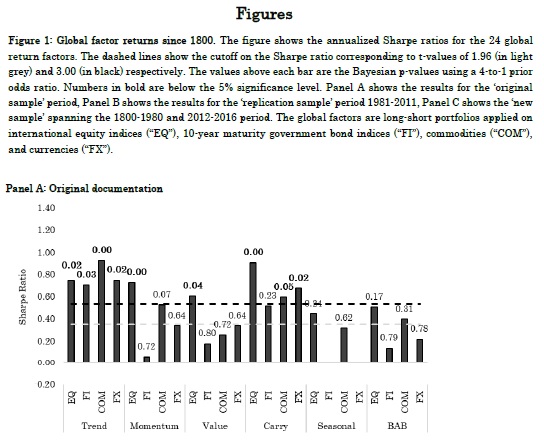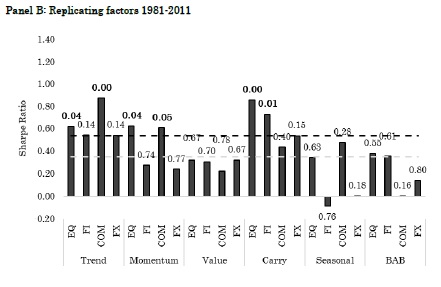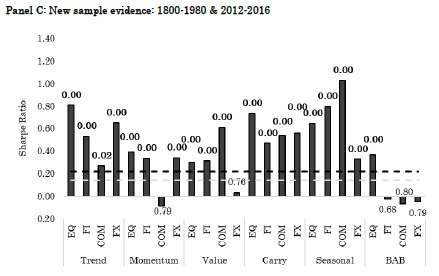Do Copycat CTAs Outperform Individualistic CTAs?
Our society teaches us, that it is good to be different. That our trading strategy must be always unique, creative and individualistic. It is boring and unprofitable to be the “average”, to do what the others do. And then, there is a research paper written by Bollen, Hutchinson and O’Brian which offers the opposite view. Their analysis explains there exist one hedge fund style where everything is the other way round – trend-following CTAs funds. Their interesting (but for some maybe controversial) paper shows that CTAs with returns that correlate more strongly with those of peers have higher performance. It appears that CTA strategy conformity is a signal of managerial skill. Now, that is an eccentric idea 🙂
Authors: Bollen, Hutchinson and O’Brian
Title: When It Pays to Follow the Crowd: Strategy Conformity and CTA Performance

